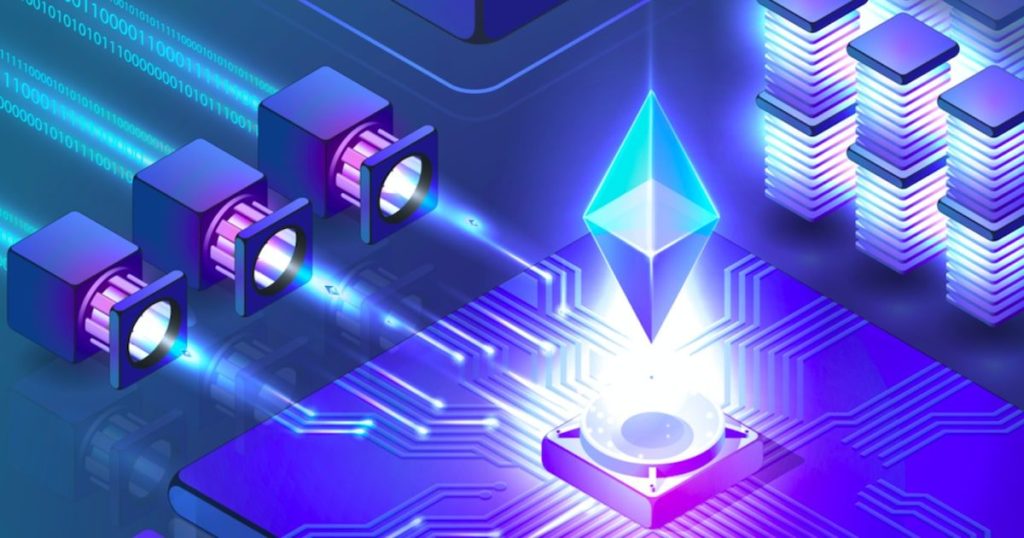If you are interested in Cryptocurrencies, you must have heard of Layer 1 and Layer 2 concepts. These concepts, which have a large place in the world of Cryptocurrency, have become widely heard and discussed for a long time.
Along with Layer 1s like Bitcoin and Ethereum, we can also say there are Layer 2 projects, and these projects stand out as “small kids” in the market.
Imagine a busy city center where everyone gets their job done, i.e., fulfill contracts, like Bitcoin and Ethereum networks which are Layer 1 networks. Ethereum and Bitcoin are like the heart of the city center, and the importance of Layer 2s arises especially when this city center starts to get crowded and slow during business hours.
You might like: Monero (XMR) Community Funding Wallet Stolen!
How Does Layer 2 Work?
Layer-2 technology fundamentally aims to lighten the workload on main blockchains like Bitcoin and Ethereum. This layer takes care of the solving process instead of processing every small transaction on the main chains, and creates a secondary layer where most transactions take place. Also, thanks to innovative technologies like side chains, state channels and rollups, it can easily process numerous transactions quickly and cheaply. But they do more than just make transactions faster and cheaper; they also provide a hidden scalability solution to solve one of the biggest challenges of the blockchain.
The most impressive feature that Layer-2s need is the ability to scale. We can think of this as adding extra lanes to a highway during busy traffic hours to relieve traffic. As more people start to use Layer-2 solutions, the network can expand to finalize transactions without choking the main block chains. This scalability is one of the biggest steps for the real world use and practical usability of Blockchain.
What is the Importance of Layer 2?
The Layer 2 scaling solution has emerged as a vital component of the blockchain ecosystem for several reasons.
One of the most dominant problems addressed by these solutions is the urgent need for faster and cost-effective transactions. Inefficiencies in Layer 1’s result in impractical waiting times in everyday life, such as waiting for 20 minutes to confirm a simple coffee payment. If such delays continue, it would become an impossible task to attract actual users and ensure mass adoption of blockchain technology.
These solutions intervene to solve this problem and offer the speed and efficiency required for smooth, real-world applications. Decentralized applications (DApps) have proven the importance of their solutions in the ecosystem where they exist. In particular, DApps in the GameFi sector often prioritize in-game micro-purchases and transactions involving rewards.
Layer 1 blockchains struggle to efficiently process these micro transactions. Implementing these types of transactions on a Layer 1 blockchain is not only troublesome, but it also leads to high transaction fees. It doesn’t only apply exclusively to GameFi; it finds utility in various domains that entail numerous micro-transactions while also offering relief to Layer 1 networks.
Major Layer 2 Projects
Arbitrum and Optimism are currently the largest Layer 2 projects and are among the most used networks. ZKSync, another Layer 2 project set to tokenize in the coming months, frequently garners attention due to its potential airdrop.
Both projects are using Optimistic Roll-up to provide scalability of the Ethereum network. Arbitrum is compatible with all EVM (Ethereum Virtual Machine) languages, while Optimism only supports the Solidity language.
Being compatible with every EVM language simplifies the job of developers building projects on Arbitrum. Therefore, Arbitrum is ahead in terms of expanding its ecosystem.
You can freely share your thoughts and comments about the topic in the comment section. Additionally, don’t forget to follow us on our Telegram, YouTube, and Twitter channels for the latest news and updates.


